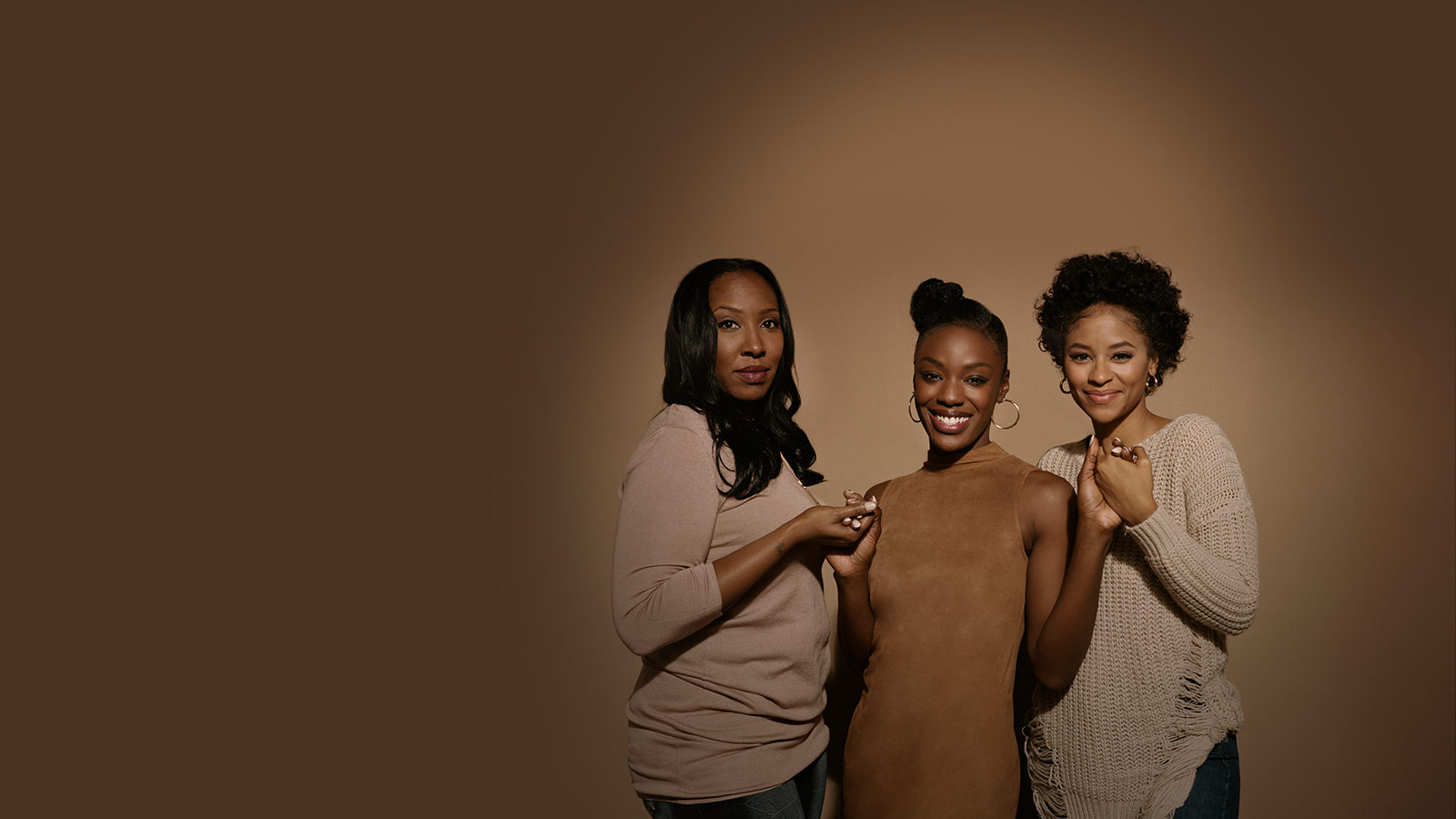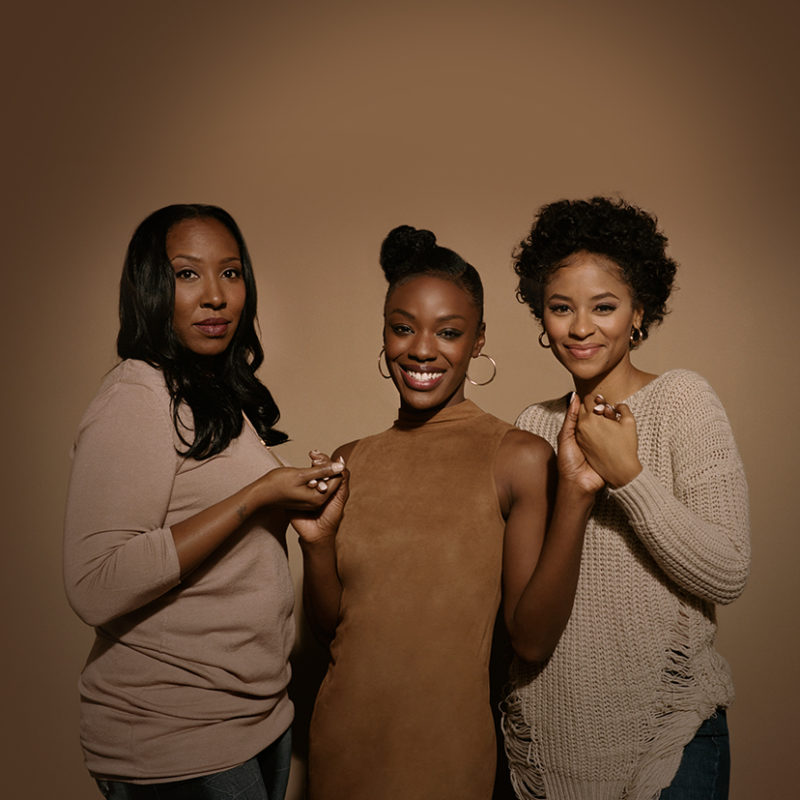Here’s one thing we know about breast cancer: The earlier you find it and get effective treatment, the more likely you are to survive. Screening tests are the only way to find breast cancer even before it causes early signs or symptoms. Here are five things everyone should know about these important tests.
1. Breast cancer screening (plus effective treatment) saves lives.
Screening tests can find breast cancer early, when the chances of survival are highest. Getting screened regularly means your doctor is likely to know sooner if there’s a problem, so you can get effective treatment as early as possible. There are more than 3.5 million breast cancer survivors in the U.S. today–more than any other group of cancer survivors–largely thanks to advances in screening and treatment.
2. There are three screening methods.
There are three types of tests that may be used to screen for breast cancer.
Clinical Breast Exam (CBE)
A CBE is a physical exam of your breast and underarm area by a health care provider. It’s often done during your regular medical check-up. A CBE should be performed by someone who’s trained in the technique–not all health care providers have this training. If your doctor doesn’t offer you a CBE at your check-up and you would like one, ask if he or she can perform one or refer you to someone who can.
Mammogram
Mammography uses X-rays to make images of the breast (called mammograms). While some tumors in the breast are aggressive and grow quickly, most grow slowly. In some cases a tumor may have been growing for as long as 10 years before it creates a lump large enough to feel. Mammography can find cancers early, before you would have noticed any signs or symptoms. That’s why it’s often used as a screening test. It can also be used as a follow-up test (called a diagnostic mammogram). If you’ve noticed a change in your breast and are getting a mammogram, tell the technologist what you noticed before your exam. If you ever notice a change in your breast–even if you’ve had a mammogram recently and had normal results–get checked out by a doctor asap. And if you’ve never had a mammogram before, here’s everything you wanted to know (but were afraid to ask).
Breast MRI
A breast MRI uses magnetic fields to create images of the breast. It’s more invasive than mammography because a contrast agent is given through an IV before the test. Breast MRI is not a standard breast cancer screening method but is used to screen some women at higher risk. It may also be used as a follow-up test after an abnormal finding or for staging breast cancer.
3. Screening isn’t one-size-fits all.
If you have breasts, getting screened for breast cancer is a good idea–but what that looks like depends on your unique situation. How often you get screened and what screening methods your doctor recommends depend on your age and other personal risk factors.
Here are some things that could affect your screening plan:
If you have a higher risk of breast cancer
Routine breast cancer screening is important for anyone with breasts, but even more so for those at higher risk. Work with your doctor to look at your individual risk factors and discuss what screening tests are right for you. (Get a head start by using this Know Your Risk tool.) If you and your doctor find that you have a higher risk of breast cancer, you may need to be screened earlier and more often than average. You might also benefit from breast MRI screening along with regular mammograms.
If you’re pregnant
If you’re pregnant, your doctor may recommend a CBE as part of prenatal care. Mammograms aren’t recommended to screen for breast cancer during pregnancy because the radiation may harm the fetus. If you have any concerns about your breasts while you are pregnant (such as finding a lump or noticing a change), talk to your doctor about what test is best for you. Learn more about breast cancer during pregnancy.
If you have breast implants
Mammograms are safe and effective for women with implants, but it may be harder to read the results. If you can, find a mammography center where the technologists and radiologists have experience doing mammograms for women with breast implants. Let your technologist know you have implants before your exam. They can position the machine and your breast to get the best image of your natural tissue. Four views of each breast will be taken (instead of two).
If you’re breastfeeding
While you are breastfeeding, the tissue in your breasts may look denser on a mammogram, making it hard to read. If you’re due for a mammogram while you’re breastfeeding, talk with your doctor about whether and for how long to delay screening. You should also check in with your doctor if you notice any unexpected changes to your breasts while you’re breastfeeding.
The best way to find out what screening plan is right for you is to talk to a doctor. To prepare for your appointment, take some time to gather your family health history and any other information you think could be relevant.
Here are some questions you may want to ask at your appointment, or you can print a similar list of questions from Bright Pink:
- Would I benefit from getting a mammogram or clinical breast exam? Why do you recommend that test for me? How accurate is it?
- When and how often do you suggest I start getting mammograms and/or clinical breast exams?
- Where can I get a mammogram?
- When and how can I expect my results?
- What happens if a problem is found?
- What if I cannot afford a mammogram?
- Am I at higher risk of breast cancer? If so, do I need special screening tests or more frequent screening?
4. Your insurance should cover breast cancer screening.
Thanks to the Affordable Care Act, all health insurance plans should cover yearly mammograms with no out-of-pocket costs (like co-pays) for women 40 and older. If your doctor says you’re at a higher risk of breast cancer because of family history, an inherited gene mutation or other risk factors, your screening should be covered even if you’re under 40. CBEs and screening breast MRIs should also be covered if your doctor recommends them. Medicare and Medicaid also cover breast cancer screening. Check with your insurance provider to find out where you should go for screenings and make sure they’ll cover whatever services you need.
5. There are ways to find low-cost or free screening if you don’t have insurance.
If you don’t have health insurance, don’t assume that means you can’t get screened. There may be more ways to get good, affordable health care than you think. Each October, during Breast Cancer Awareness Month, many mammography centers offer mammograms at reduced rates. (To find a certified center in your area, search the FDA’s database.) Year round, there are organizations working to help women get screened whatever their financial and insurance status.
Getting screened for breast cancer is a crucial part of breast health–but it’s not enough on its own. Here’s everything you should know to take charge of your breast health.

